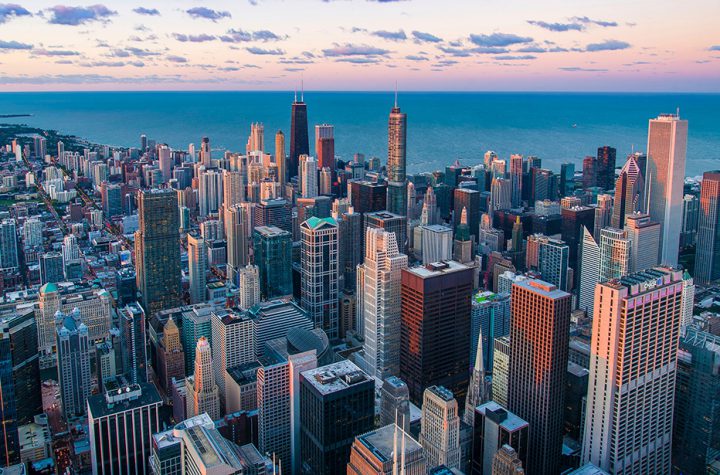
“Tax cuts put more money into peoples pockets, that means more spending, more spending means more jobs and thats obviously critical in the context of the economic recovery,” the Treasurer said on Thursday.
Under a stage two acceleration of the already legislated tax cuts, the 32.5 per cent tax rate income threshold would increase to $120,000 from $90,000.
Lower income earners would also get extra support with the low income tax offset increased to $700 and the 19 per cent tax rate income threshold increased from $37,000 to $45,000.
Brass tacks
AMP chief economist Shane Oliver. Louie Douvis
Workers earning between $22,000 and $30,000 would be $255 better off on financial 2018 levels; those earning between $50,000 and $80,000 would be $1080 better off; those on $90,000 would be $1215 better off; those earning $100,000 would be $1665 better off; and $120,000 and above would be have an extra $2565 in their pockets.
The average income in Australia is $86,000.
Under stage three, scheduled to start on July 1, 2024, the 37 per cent tax rate would be replaced with a 30 per cent tax for everyone earning between $41,000 and $200,000 about 94 per cent of all taxpayers.
The 2 per cent Medicare levy would still be imposed on top.
Labor supports fast-tracking the stage two but is wary about stage three, which it previously promised to revoke.
“Our expectation is we’re likely to see in the October budget the personal income tax cuts already expected in 2022 being pulled forward to support the recovery from COVID-19,” said HSBC chief economist Paul Bloxham.
Confidence key
AMP chief economist Shane Oliver and PwC chief economist Jeremy Thorpe said stage two would likely have the most stimulatory economic effect.
“The benefit of stage two is that it’s largely focused on low-to-middle income earners who get a bigger percentage benefit,” Mr Oliver said. “If you want to encourage spending, then it’s the stage two that you would bring toward.”
“[Stage three] cuts are targeted at higher income earners, and they’re more likely to save,” Mr Thorpe said, adding that household savings were at record highs and giving consumer’s confidence to spend would also be important.
Household savings hit a record $59 billion in the June quarter with the savings ratio climbing to its highest since 1974, as people were scared or unable to spend during virus shutdowns.
“I think the key priority of the budget is instilling sufficient consumer confidence that people get out there and spend,” Mr Thorpe said.
Liberal MP Tim Wilson, who supports lower income taxes, said broader measures would also be required to generate confidence.
“There is plenty of cash sloshing around the economy so jobs growth will depend on people having the confidence to spend including the end of lockdowns, clear rules and incentives for investment,” Mr Wilson said.





More Stories
The BMC has banned fire crackers in all public and private places within the city limits.
Apple has cut off major supplier Pegatron from new contracts following the reveal of student labor violations. Pegatron is one of Apple’s biggest supply chain partners, manufacturing various products including some of the newest iPhone 12 models.